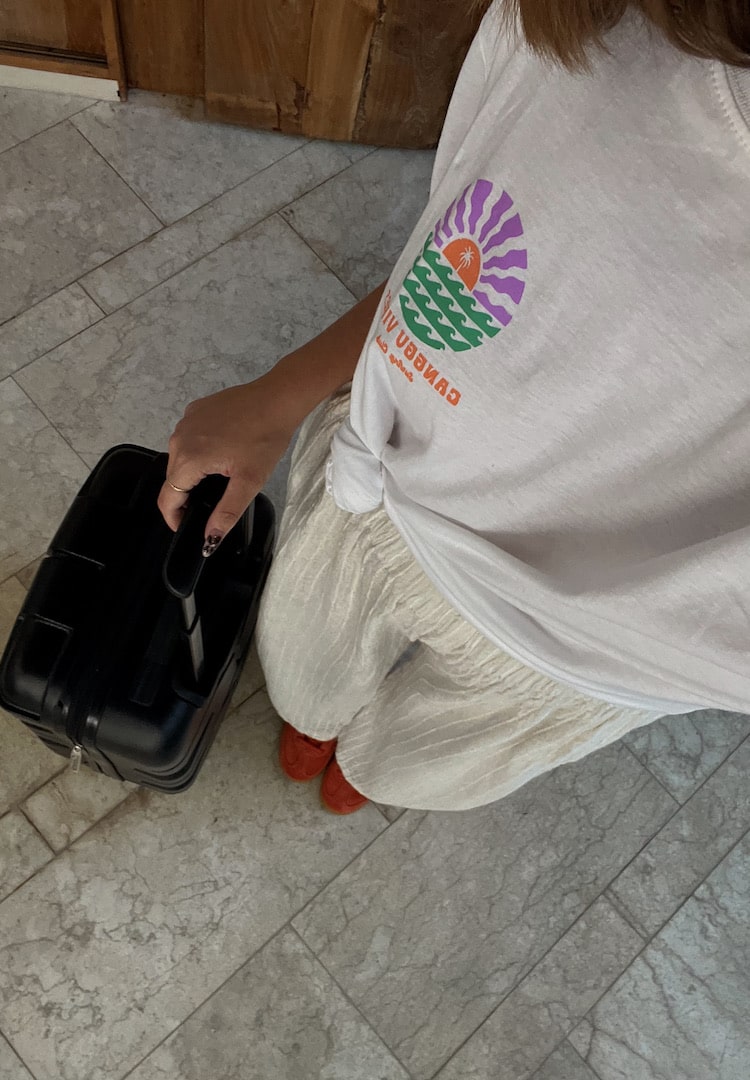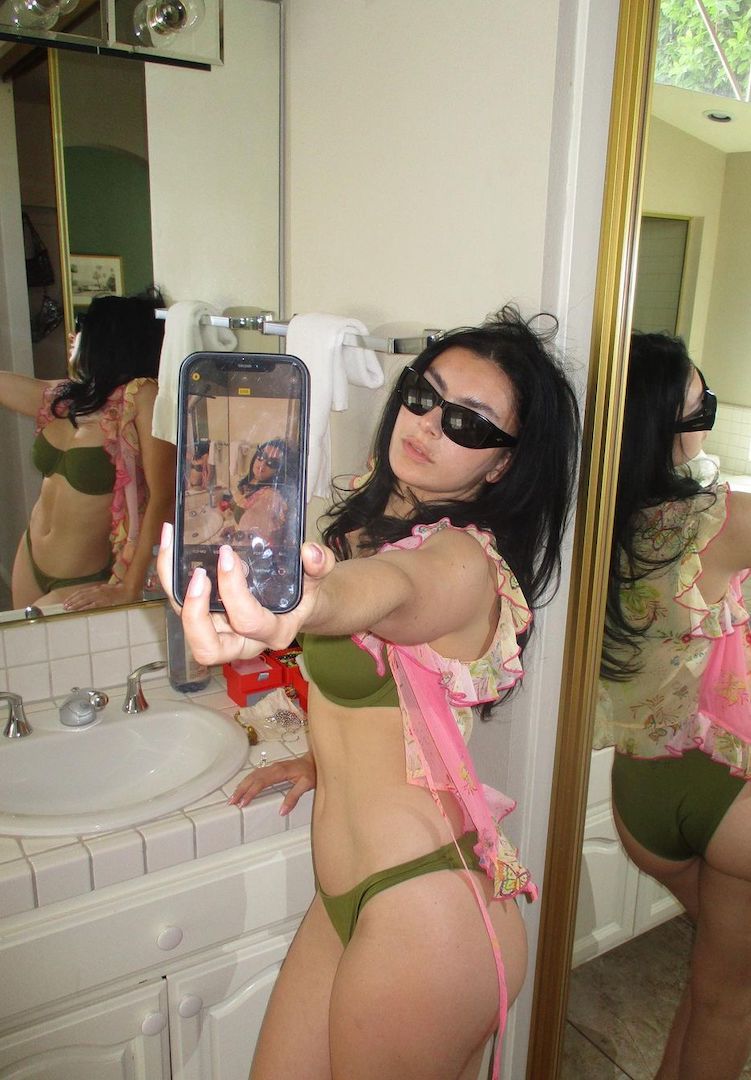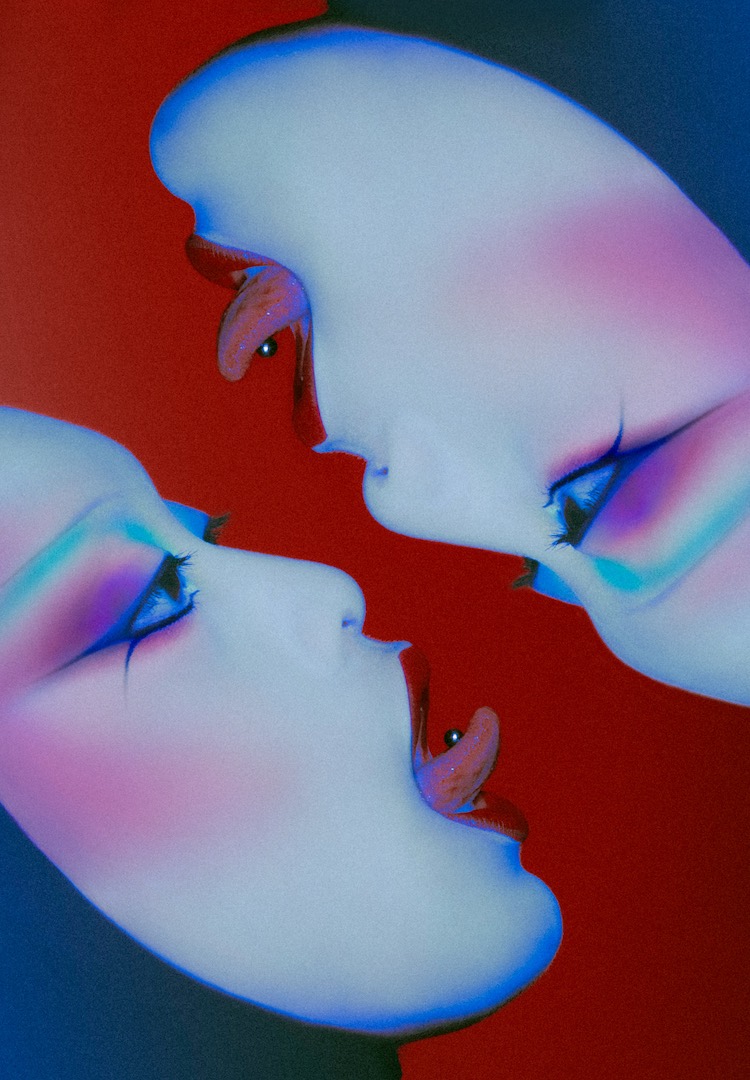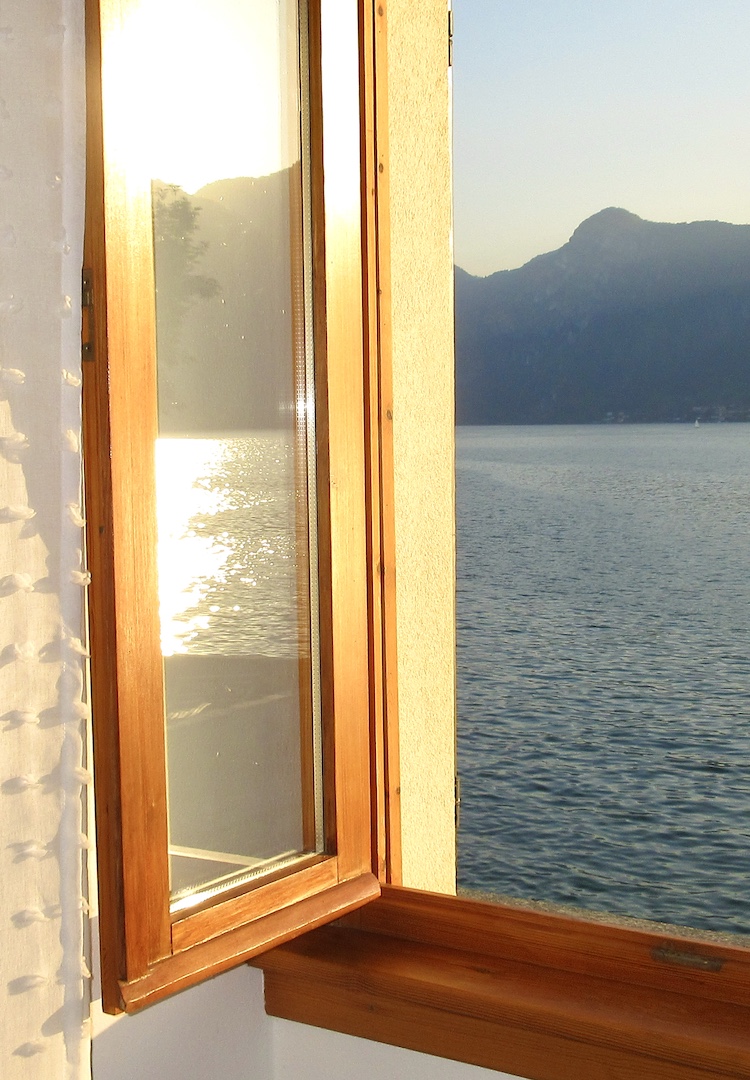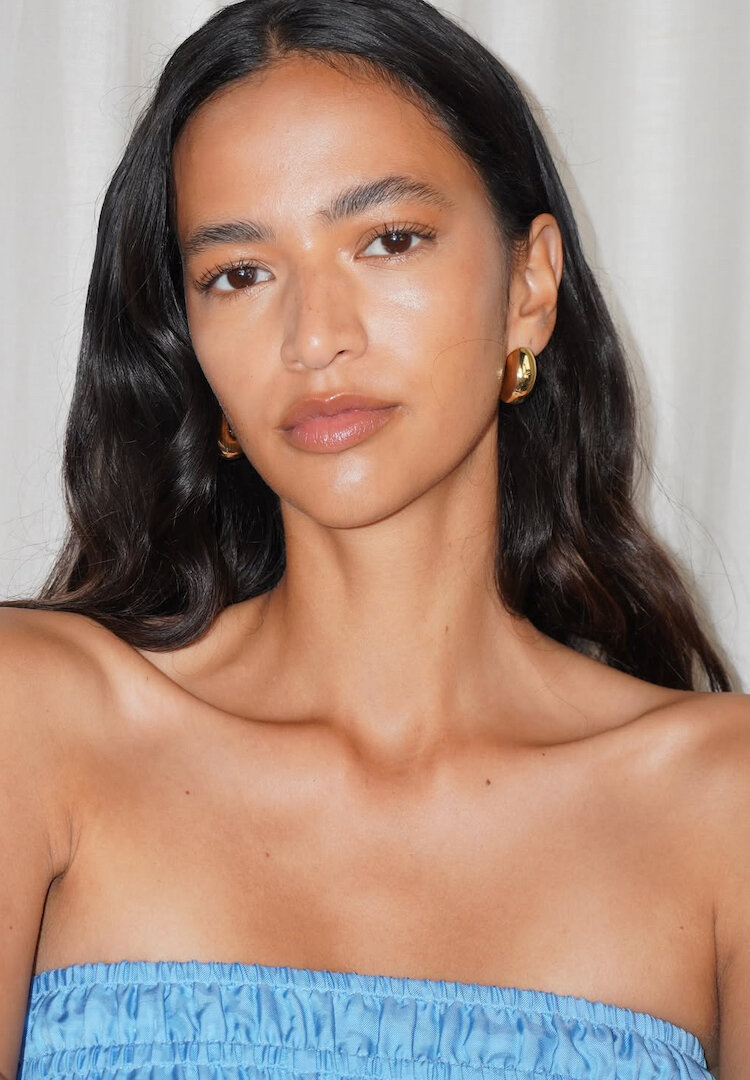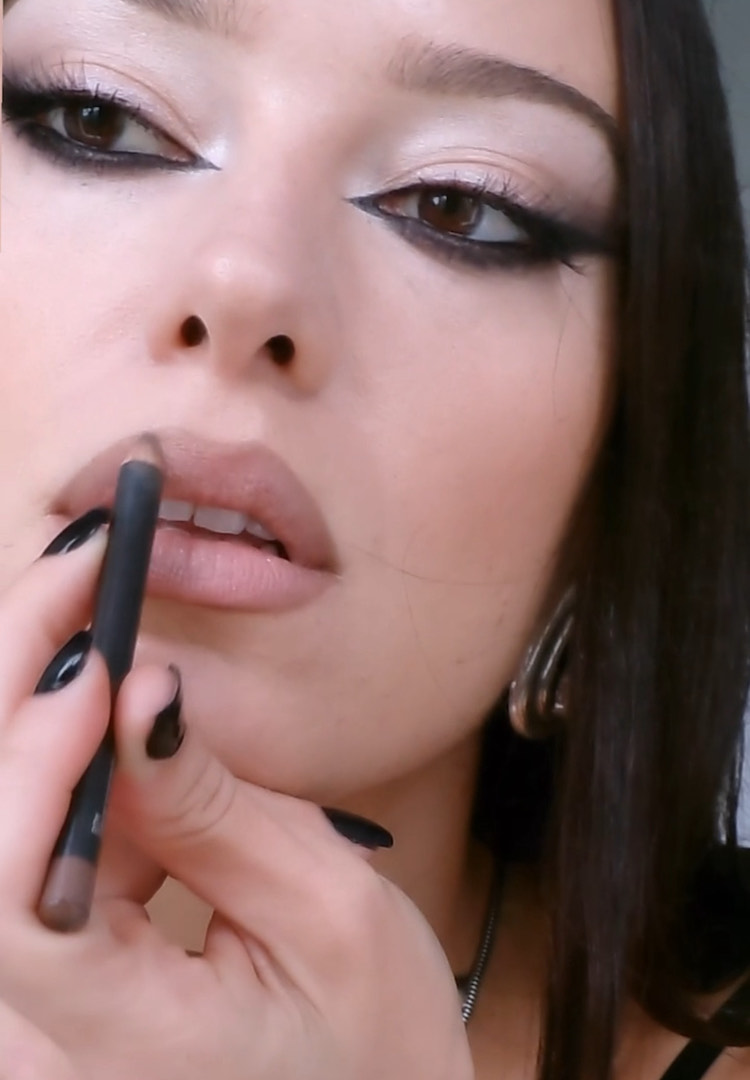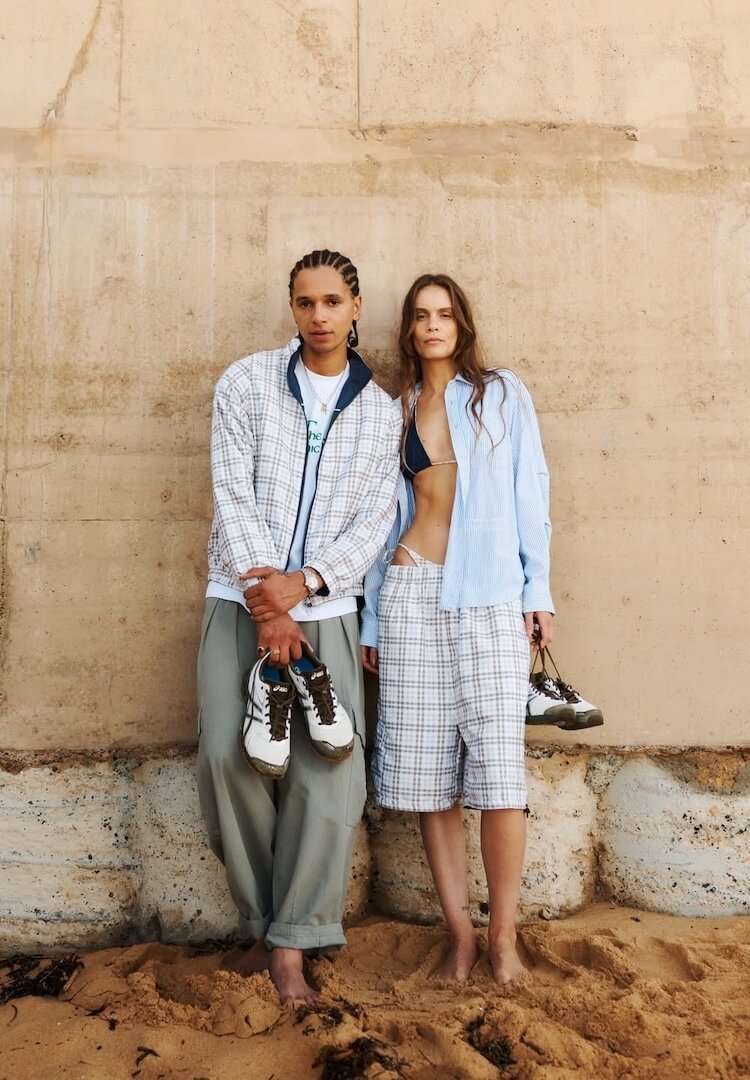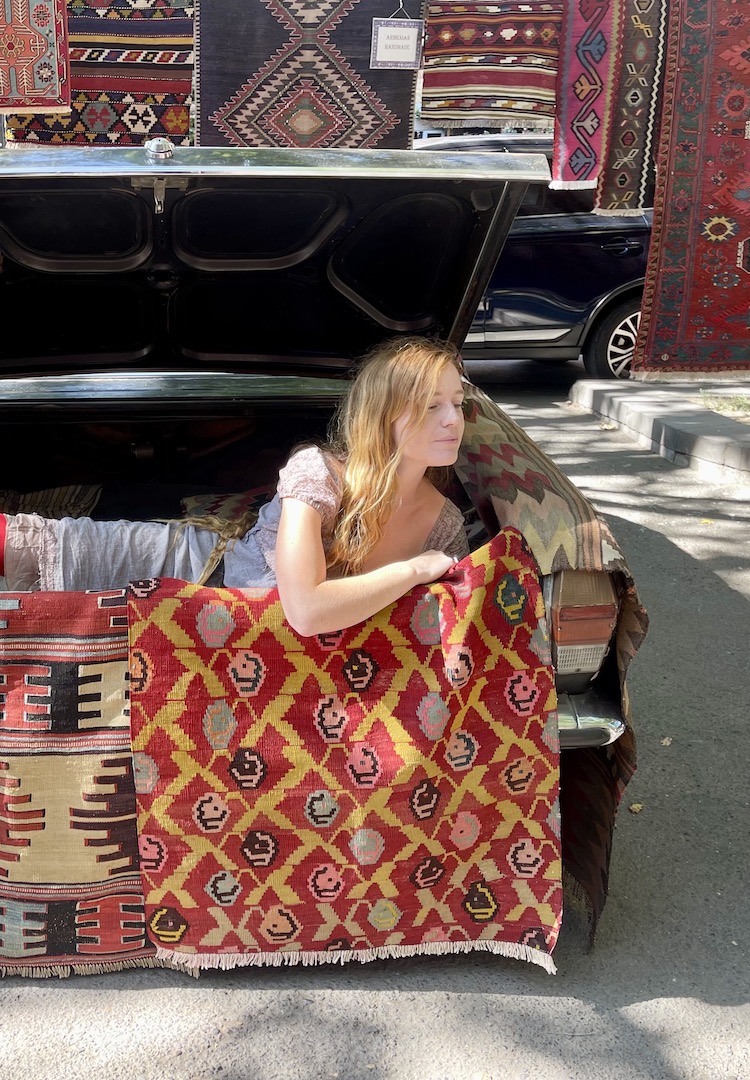The beauty essentials to take on a long-haul flight, according to a skincare expert
IN PARTNERSHIP WITH MELBOURNE AIRPORT
WORDS BY GIULIA BRUGLIERA
A dermal clinician shares what to pack in your carry-on.
Anyone who’s been on a commercial flight will know what it does to your skin. Something about that cabin air seems to suck all the moisture from your face, leaving you with skin that feels dry, rough and tired.
According to dermal clinician Penny Swiggs, that’s almost exactly what’s happening. “It is literally sucking the hydration out of your skin because there’s essentially no humidity in the cabin environment. It’s called transepidermal water loss,” she explains.
We like nosy people. Don’t be shy, head to our Beauty section for more.
Your luggage space is precious, so streamlining your in-air skincare is a high priority. The Laneway at Melbourne Airport offers an online platform with 24/7 access to a huge range of beauty and skincare products, many of which target hydration. Orders can be placed up to 30 days in advance for organised travellers, or picked up on-site if you tend to pack last minute. Either way, ensuring you’re armed for hydration is important.
“[Our skin is] constantly losing water, even in a humid environment,” she adds. “If you have a higher concentration of water in your skin [than in the air], water is going to evaporate out of your skin into the environment.”
There are ways to protect your skin from the moisture-sucking properties of the cabin air. And unlike TikTok would have you believe, it doesn’t involve sheet masks or complicated eight-step routines. Ultimately, it all boils down to hydration. “We want to stop [transepidermal water loss] as much as possible,” she explains. “I don’t think you need to go overboard, but we want to keep skin hydrated.” So what exactly should we bring in our carry-on?
A hydrating mist
The first item Penny suggests packing is a hydrating mist. It’s a simple way to reintroduce the moisture to your skin that’s missing from the air around you. Plus, on the spectrum of skincare, it’s relatively cheap. Crucial here is how often you apply, with Penny recommending every couple of hours. If you’re acne-prone, she suggests looking for a spray with hypochlorous acid. “It has an antibacterial element to help keep acne at bay,” she says.
A hydrating serum
We know the power of a good serum in targeting skincare concerns and lucky for frequent fliers, there are plenty on the market that focus on hydration. Penny says to look for serums with hyaluronic acid or glycerine. Both are humectants, meaning they bind water and hold water in the skin.
While a little lesser known, glycerine is “very, very similar” to hyaluronic acid. “But glycerin is just as good,” notes Penny. You’ll find hyaluronic acid or glycerine (or both) in most skincare products marketed as hydrating, simply check the label.
View this post on Instagram
A moisturiser
According to Penny, we should be treating serum application as part one of a two-step process. Part two is applying a moisturiser. Known as an occlusive in the skincare world, a moisturiser will ‘lock in’ the hydration and act as a barrier, preventing the dry cabin air from stealing the moisture from your skin.
“I have heard that on a plane, if you did your sheet masks and your hydration [serums] but you didn’t put your moisturiser on top, then that water is going to evaporate quickly out of the skin. So if you’re using a mask, if you’re using your hyaluronic acid, you have to put a moisturiser on top,” she says.
Penny says to look for a product that’s calming, hydrating and nourishing. “If you’ve got really dry skin, I would even mix a bit of face oil into the moisturiser so that it’s nice and occlusive, and is going to seal all that hydration in.”
It goes without saying, but dry skin includes dry lips. Penny suggests also bringing a lip balm “and just keep reapplying that throughout the flight. We don’t want our lips to dry out.”
A sunscreen
Not often listed as an ‘in-flight essential’, but essential nonetheless, is sunscreen. “People often forget that the UV index up in the air is extremely high,” Penny explains. “Especially if you are sitting in a window seat and it’s a daylight flight, you are actually exposed to UV light. So you need to reapply your sunscreen, which is something that people don’t really think about.”
Penny recommends wearing the highest sun protection factor possible and reapplying every few hours. She also suggests lowering the window shade if your neighbours are on board.
If it works for your skin, Penny notes that skin professionals will usually opt for a mineral sunscreen with either iron oxide or zinc oxide. “[They] create a physical barrier to reflect light off the skin so you’re protected not only from harmful UV rays, but you’re also protected from other wavelengths of light,” she explains, adding this includes protection from blue light from our screens.
To pick up your essentials ahead of your next long haul flight, head to Laneway.


